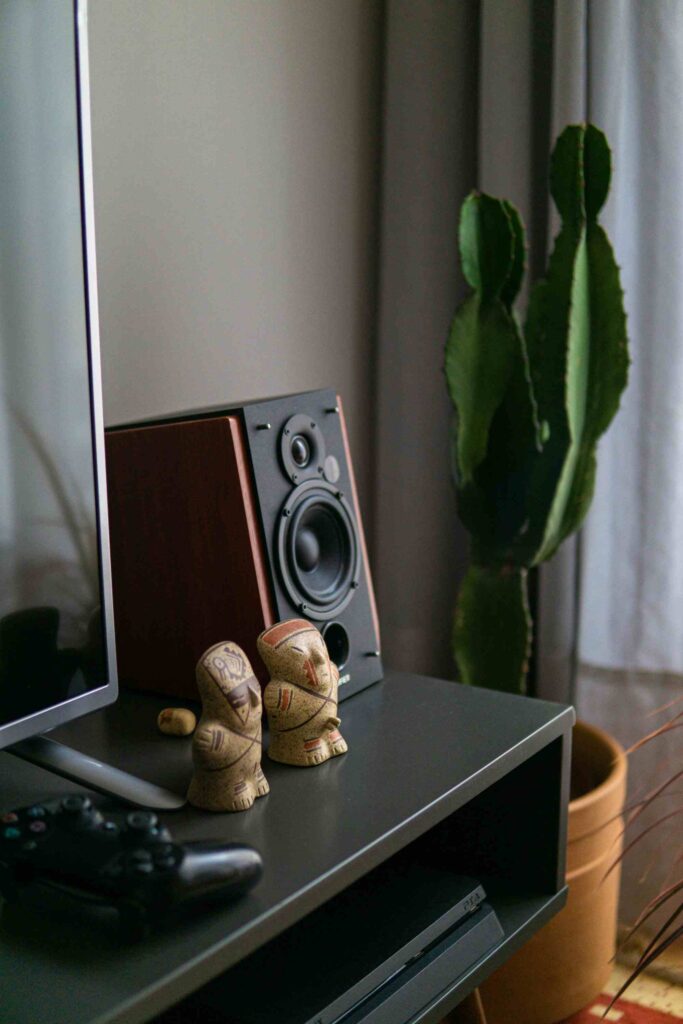
Technical Highlights
Ultra-High Flux Density → 45-52 MGOe enables micro-speakers down to Ø3mm
Asymmetric Magnetic Gap → Laser-aligned pole pieces achieve 92% flux utilization
Zero-RE Coatings → Al-Ni composite plating withstands 85°C/95% RH for 1000hrs
Nano-Grain Texture → <5μm crystal orientation reduces Barkhausen noise by 18dB
Performance Advantages
110dB/mW Efficiency → 40% lower power consumption vs. SMP magnets
Mass-to-Output Ratio → 0.6g NdFeB delivers 100dB SPL @1kHz
Transient Precision → 0.05ms mechanical delay in planar magnetic transducers
Next-Gen Breakthroughs
Active Field Modulation → Dynamic bias control via MEMS flux regulators
Additive-Manufactured Circuits → Topology-optimized magnetic paths for 120° beamforming
Sustainable Alloys → Ce-Pr-substituted grades maintaining 45MGOe at -40°C
Benchmark Implementations
Apple AirPods → Quad NdFeB arrays enabling 0.001% THD at 105dB
Sennheiser HE-1 → 99.99% pure iron return paths with 0.001T field uniformity
Devialet Phantom → 3D-forged N52SH motors handling 108dB continuous @20Hz
Application of NdFeB in Audio System
NdFeB (Neodymium Iron Boron) permanent magnets, celebrated for their unparalleled magnetic strength and energy density, serve as the fundamental component in high-performance acoustic transducers, including loudspeakers, headphones, and microphones. As audio technology advances toward higher fidelity, miniaturization, and energy efficiency, the magnet configuration has evolved from traditional ferrite-based designs to precision-engineered NdFeB magnetic circuits. Through optimized magnetic gap structures and advanced voice coil alignment, transducers achieve superior sound reproduction, lower distortion, and enhanced dynamic range.
The exceptional magnetic properties of NdFeB contribute to improved transducer sensitivity and transient response, with modern high-end drivers achieving >110 dB/mW efficiency and total harmonic distortion (THD) below 0.1%. Furthermore, the compact size and high flux density of NdFeB enable slimmer, lighter speaker designs without compromising output, meeting the demands of portable audio devices and space-constrained applications. With innovations such as planar magnetic drivers and hybrid excitation systems, NdFeB magnets further enhance high-frequency extension and bass accuracy, offering superior performance in both consumer and professional audio systems.
Early NdFeB magnets faced challenges in corrosion resistance and thermal stability. However, advancements in multi-layer coatings (Ni-Cu-Ni, epoxy) and grain boundary diffusion (GBD) techniques have significantly improved durability. Today, commercial NdFeB grades maintain stable performance in humid environments (85°C/85% RH) and high-power audio applications, while specialized high-coercivity (SH, UH) grades ensure reliability in extreme conditions.
It is clear that NdFeB will remain the gold standard for acoustic transducers in the coming decades, driving innovations in ultra-compact drivers, high-efficiency sound systems, and next-generation immersive audio technologies.
